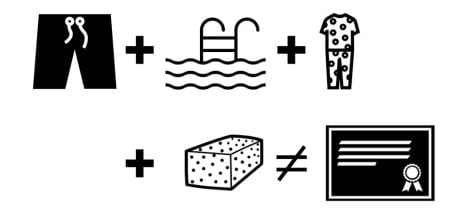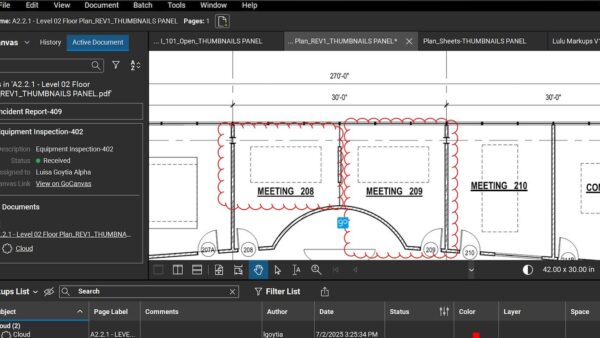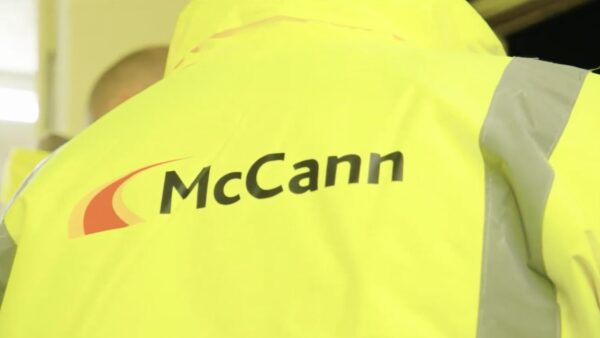Swimming, and BIMing, certification should be based on competency says Casey Rutland, associate director at architect Arup Associates.
I’ve been meaning to post this for a while now based upon the new BIM “certification” schemes that have been popping up in the UK and beyond.
Let me begin with an anecdote: I recently found a folder full of certificates from my childhood, inside was my first “official” certificate – my Bronze Swimming Certificate. I remember being quite proud, I had something to show people to prove that I could swim.
The current requirements for this certificate are:
- To jump into water of at least full reach depth;
-
To swim 10 metres, followed by a surface-dive into water of at least full reach depth and under-water swim for a distance of five metres;
-
To tread water in a vertical position for three minutes;
-
To scull head-first on the back for 15 metres with the feet at, or near, the surface throughout.
I’m sure that these are more stringent requirements than when I gained my certificate and I’m also pretty sure there were pyjamas and a weighted sponge brick involved but the process is the same. The task is set, you demonstrate that you can do it and you receive a “pass” mark. If you pass all tasks then you receive a certificate.

What I’d like to see is a similar approach to a common BIM issue – competency. To my knowledge (and as usual, I’d love to be proven wrong) none of the current BIM Level 2 certification schemes do this. What they do is prove that you have the systems in place to be “able” to deliver within a BIM Level 2 process.
Relating that to my swimming certificate, it’s akin to saying: “I own swimming shorts & PJs, I know where the pool is and what a sponge brick looks like…”
But that’s not actually swimming is it?
Whether I’m swimming or BIMing, I’d be more comfortable knowing the people I’m doing it with are actually capable.
So how about a series of certifications proving competency rather than one grand, over-arching one that tries to do everything but in reality does nothing? It will take time to define the requirements of each and yes, they may change but I do genuinely see the need to prove competency at a meaningful level.
I guess in the meantime we’re going to have to go through the “certification” process purely to save time and money when completing PQQ responses…
This piece was originally published on Rutland’s highly informative blog the Case for BIM.














